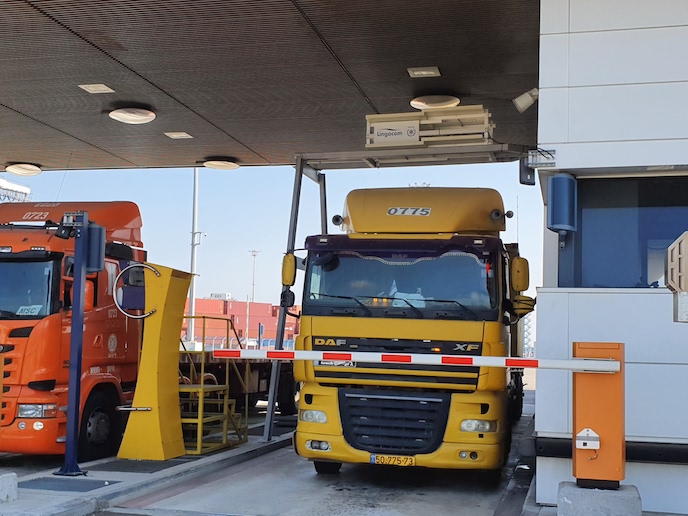INVISO: No respite for the radicalised on social media
Over the past few years, social media has become a major playground for radicalised users to get heard, recruit and form increasingly organised communities. Initially reluctant to act, social media platforms have come a long way. They regularly collaborate with investigators to help track suspicious users and should soon be forced to remove radical content within an hour. The problem is, even with these countermeasures, the number of radicalised accounts continues to grow steadily. “Law Enforcement Agencies (LEAs) are still lacking effective investigation tools to track down these accounts,” says Jennifer Woodard, CEO and Founder of INSIKT Intelligence which hosted the EU-supported INSIKT project. “Existing solutions lack artificial intelligence and real-time analysis capabilities. Besides, LEAs have to deal with a growing number of cases, new social media platforms constantly coming up, and additional difficulties brought by the privacy policies of these platforms.”
INVISO: A SOCMINT solution
In this context, LEAs are now looking at social media intelligence (SOCMINT) as the potential solution to this growing problem. By combining natural language processing with social network analysis and artificial intelligence, SOCMINT tools could be just what they need to fight online radicalisation. INVISO is one of these tools. It stands out with its unique user interface, user experience and, of course, the tech behind it. “INVISO identifies radical content, suspicious messages and covert radicalisation processes with the help of sophisticated text mining algorithms. The platform also relies on deep learning to automatically develop new models which can be used to detect other criminal activities,” Woodard explains. “It really stands out from a technical perspective, as only a handful of competing technologies are LEA-specific and most of them lack automated detection capabilities and artificial intelligence. They do not learn from users’ input like INVISO does, preventing them from increasing accuracy over time or learning from past cases.”
Close cooperation with LEAs
To devise INVISO, INSIKT Intelligence has been working closely with LEAs. Experts from the International Institute for Counter-Terrorism have notably shared their insights as development moved forward, enabling the INSIKT team to develop a model for the detection of pre-radicalisation. In other words, INVISO not only detects threatening posts, it also analyses overall online behaviour and provides a probability of a user becoming radicalised. Woodard expects INVISO to completely change the way LEA investigators work: “They can automate a large part of their intelligence gathering tasks with the system and concentrate on other important work.” “Once launched, we will be looking to commercialise the product all over Europe. But it should be noted that INVISO will keep evolving after that. We will continuously be updating the platform and adding new groundbreaking tools to keep up with technological advancements. We want to ensure that LEAs are fully equipped to combat online crime and prevent the spread of radical content,” Woodard concludes.
Keywords
INSIKT, INVISO, terrorism, online, LEA, intelligence, radicalised, investigation, social media







